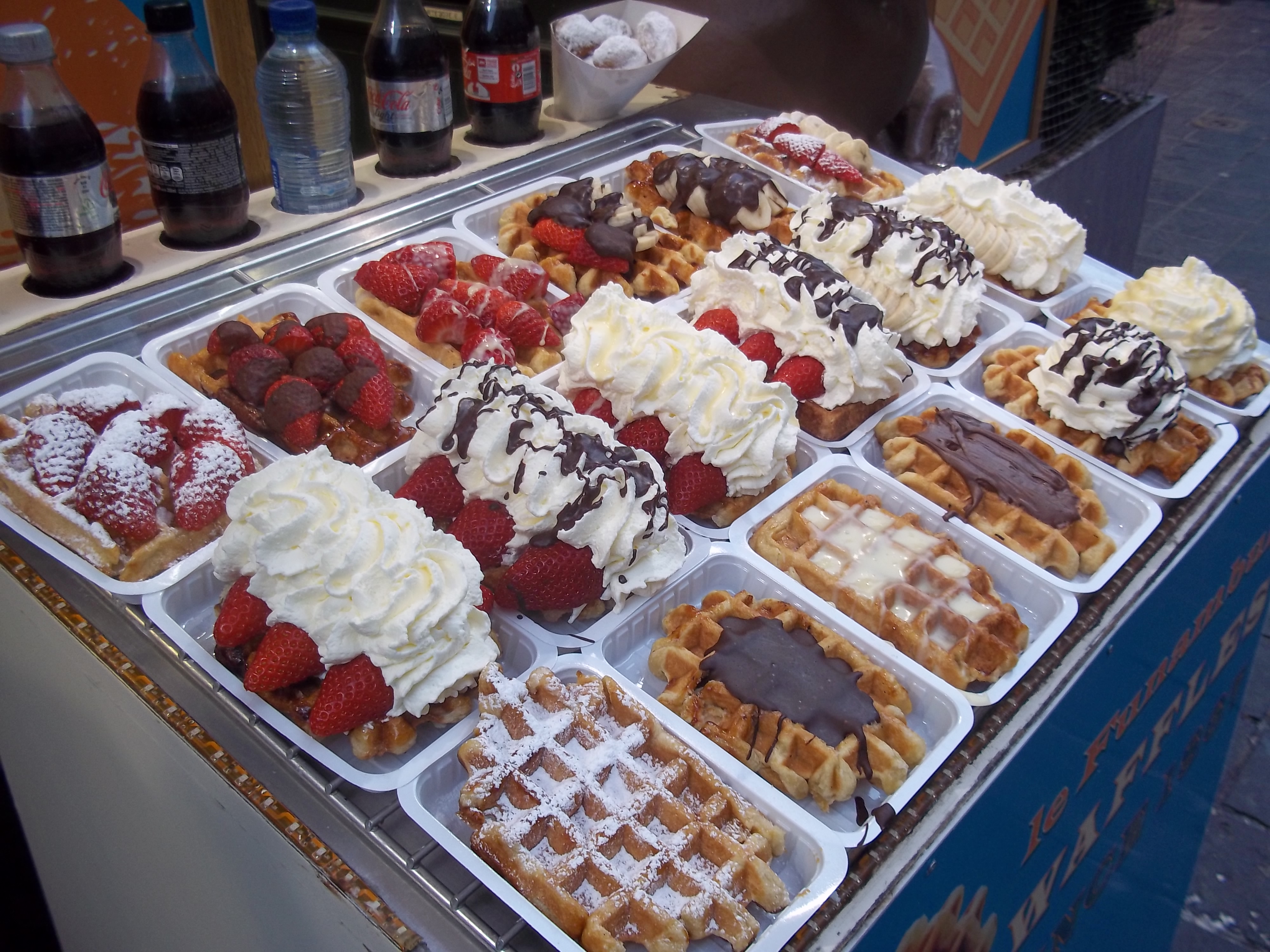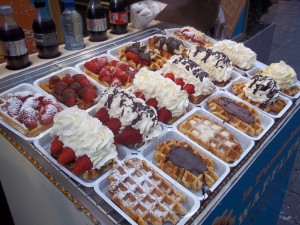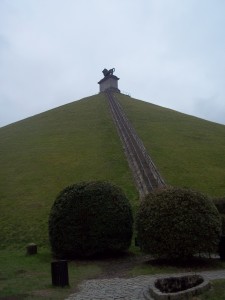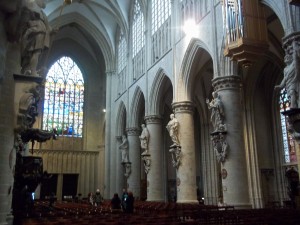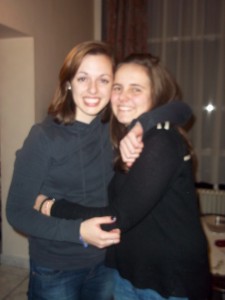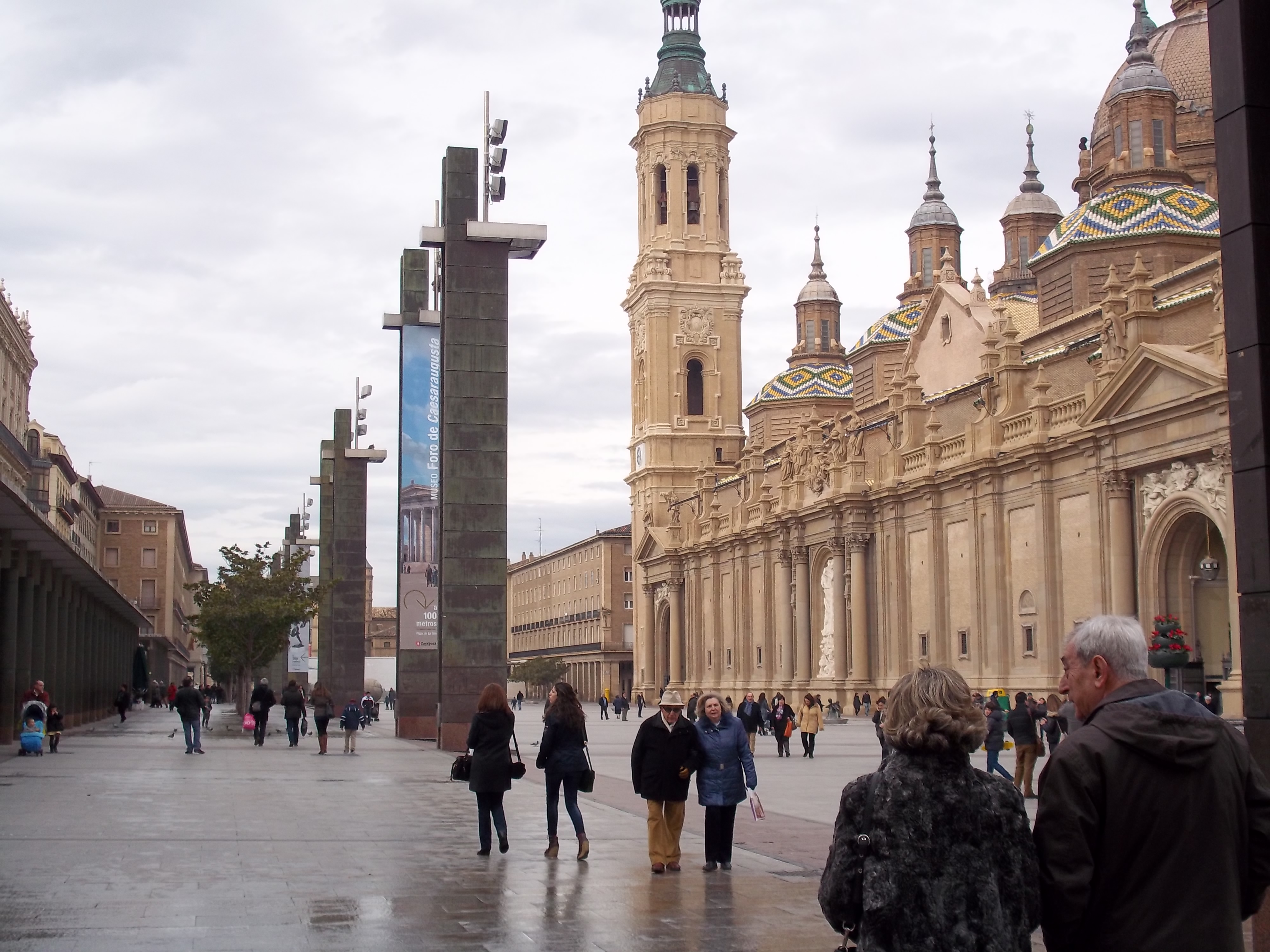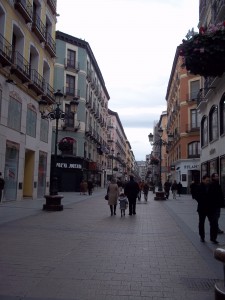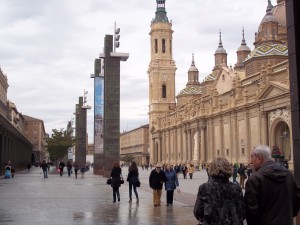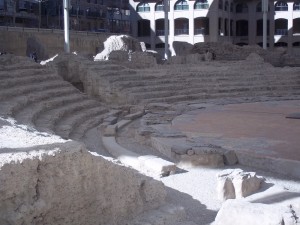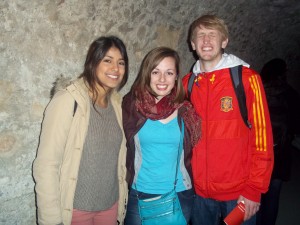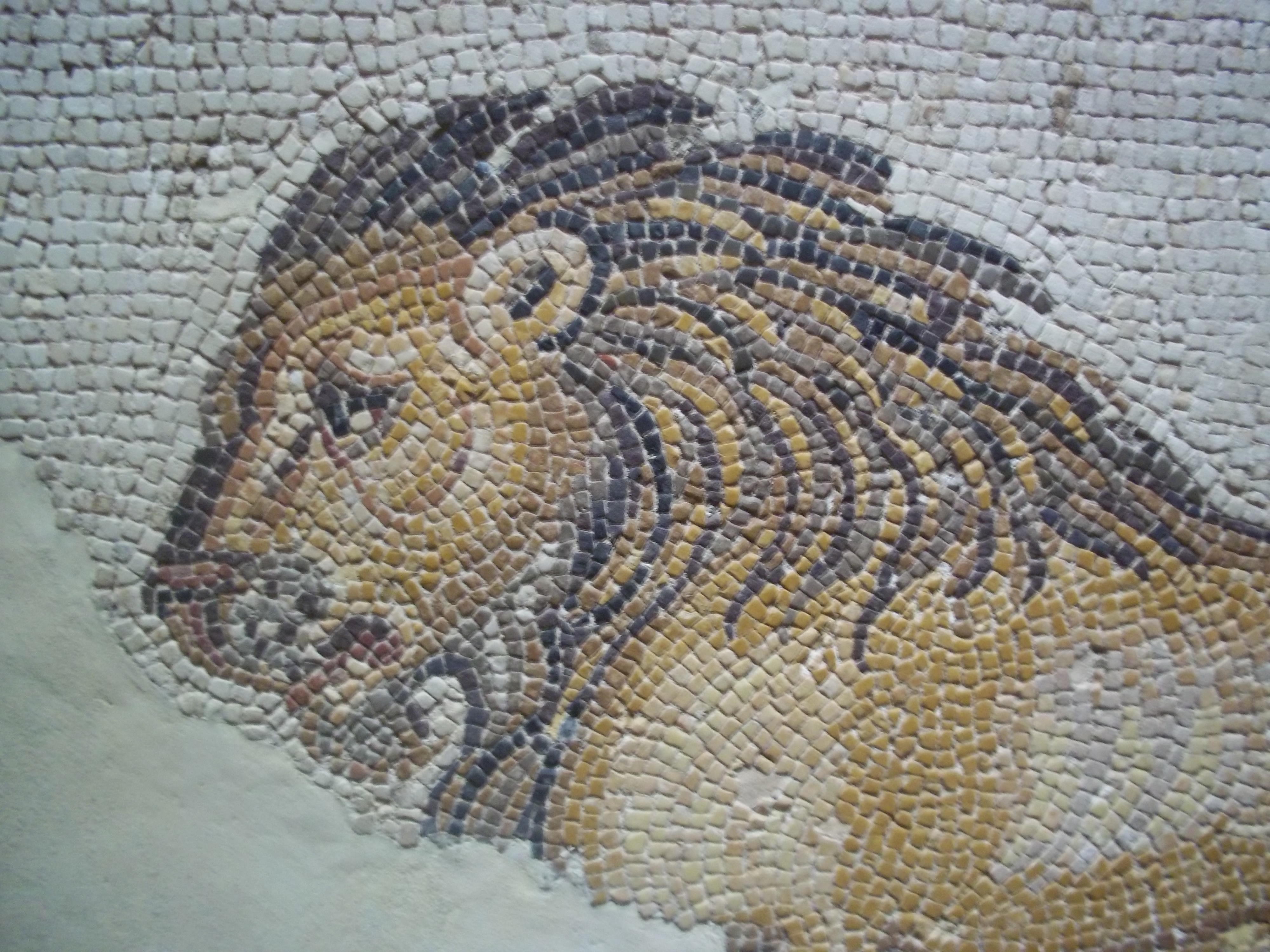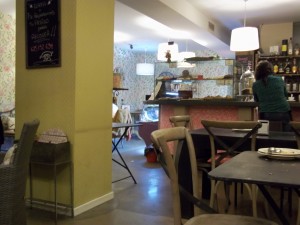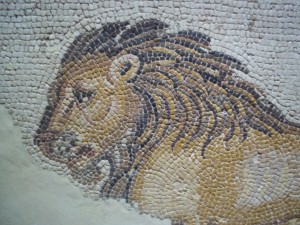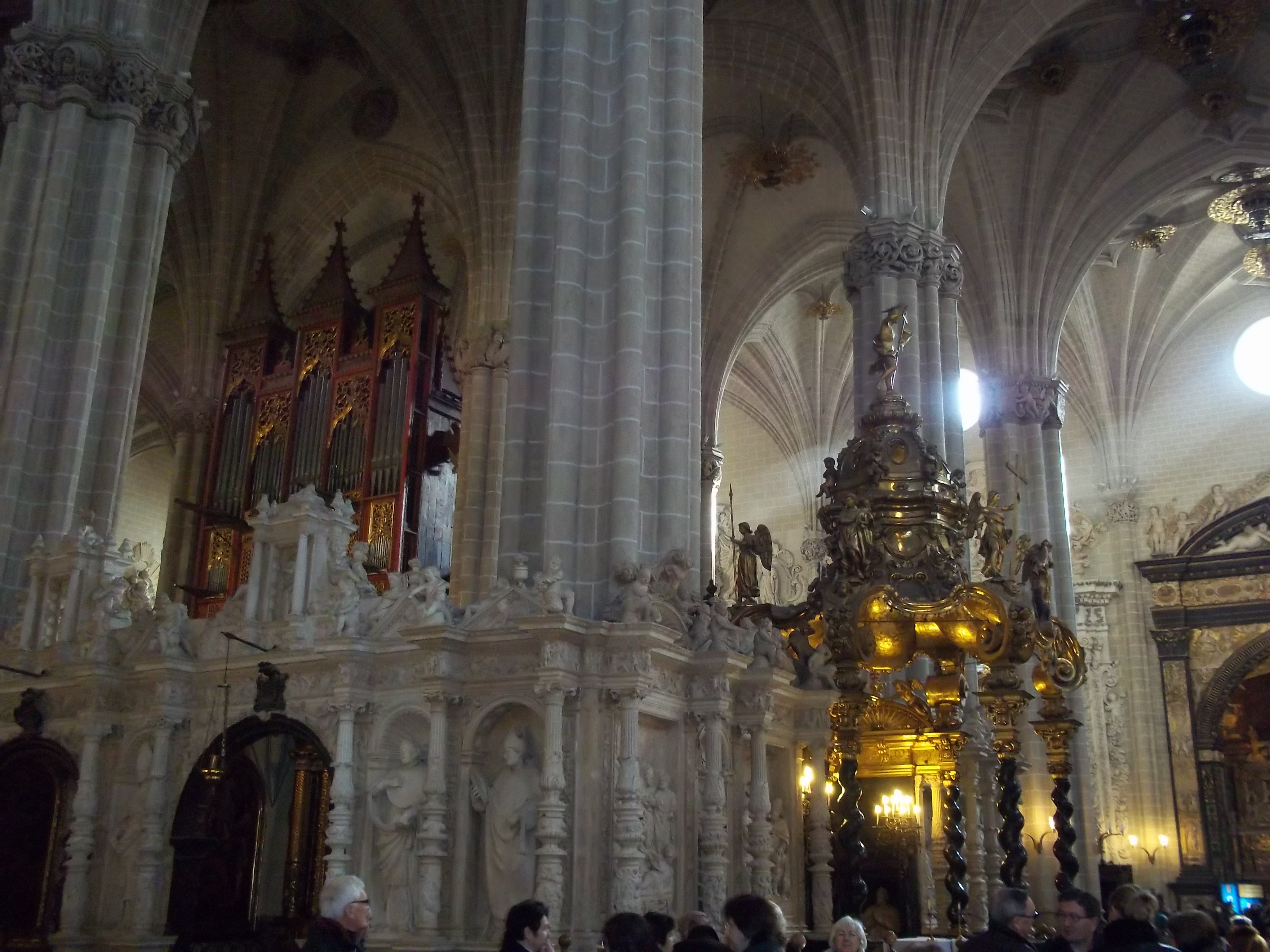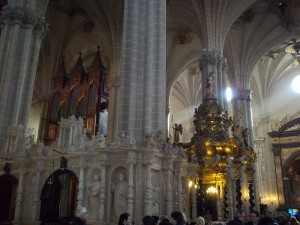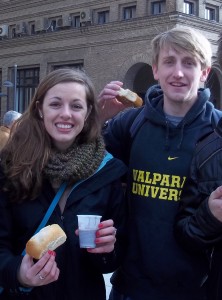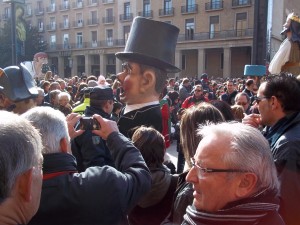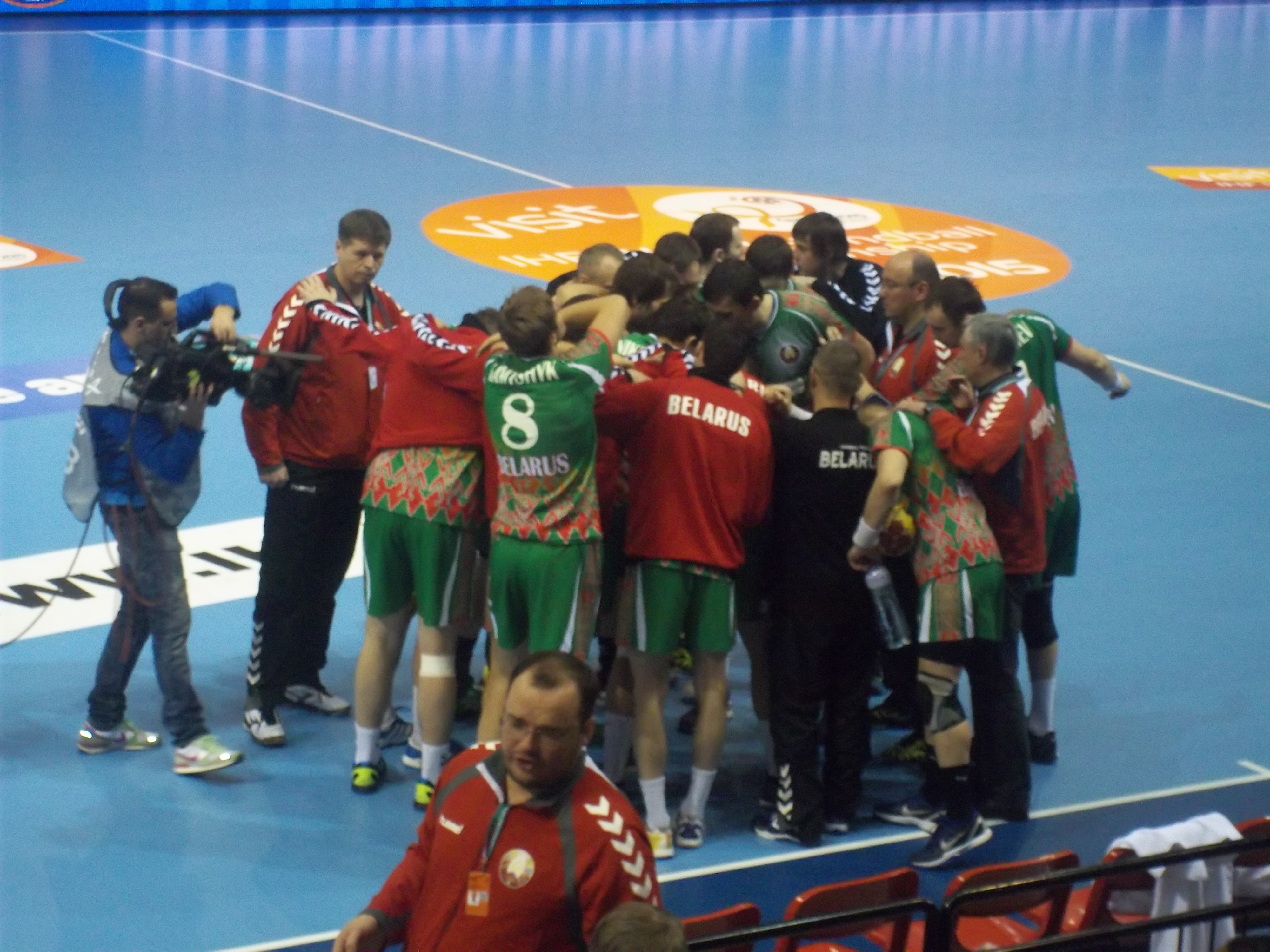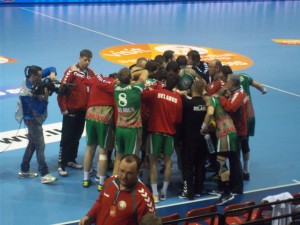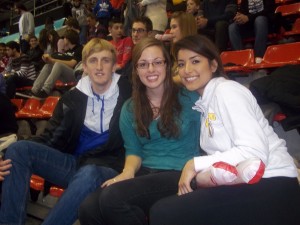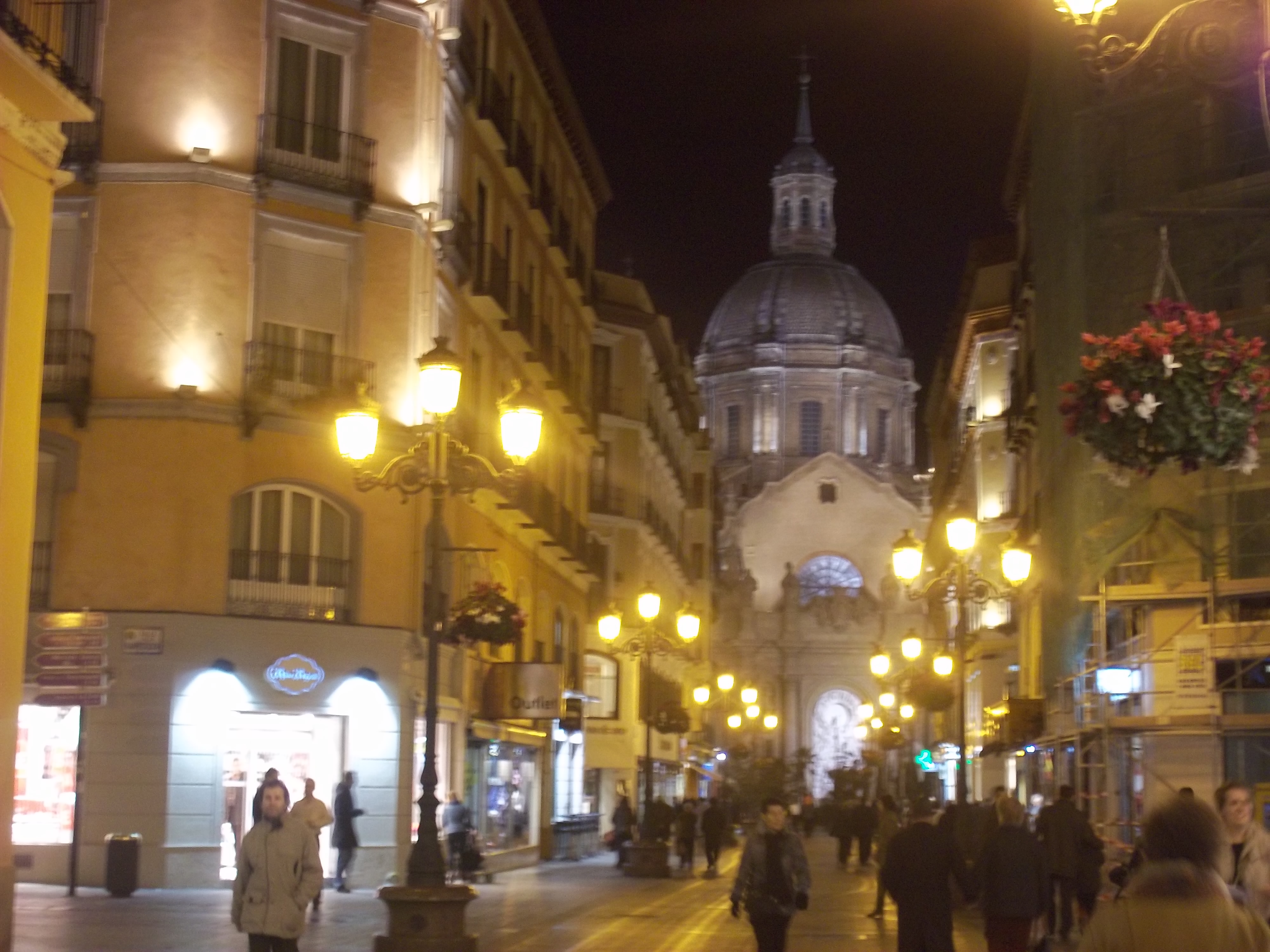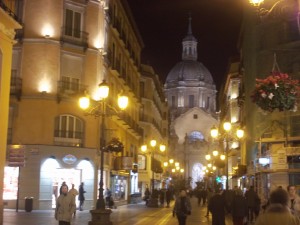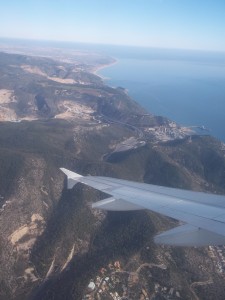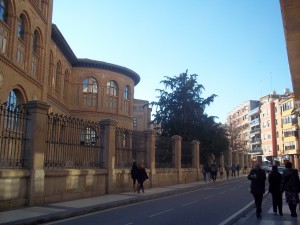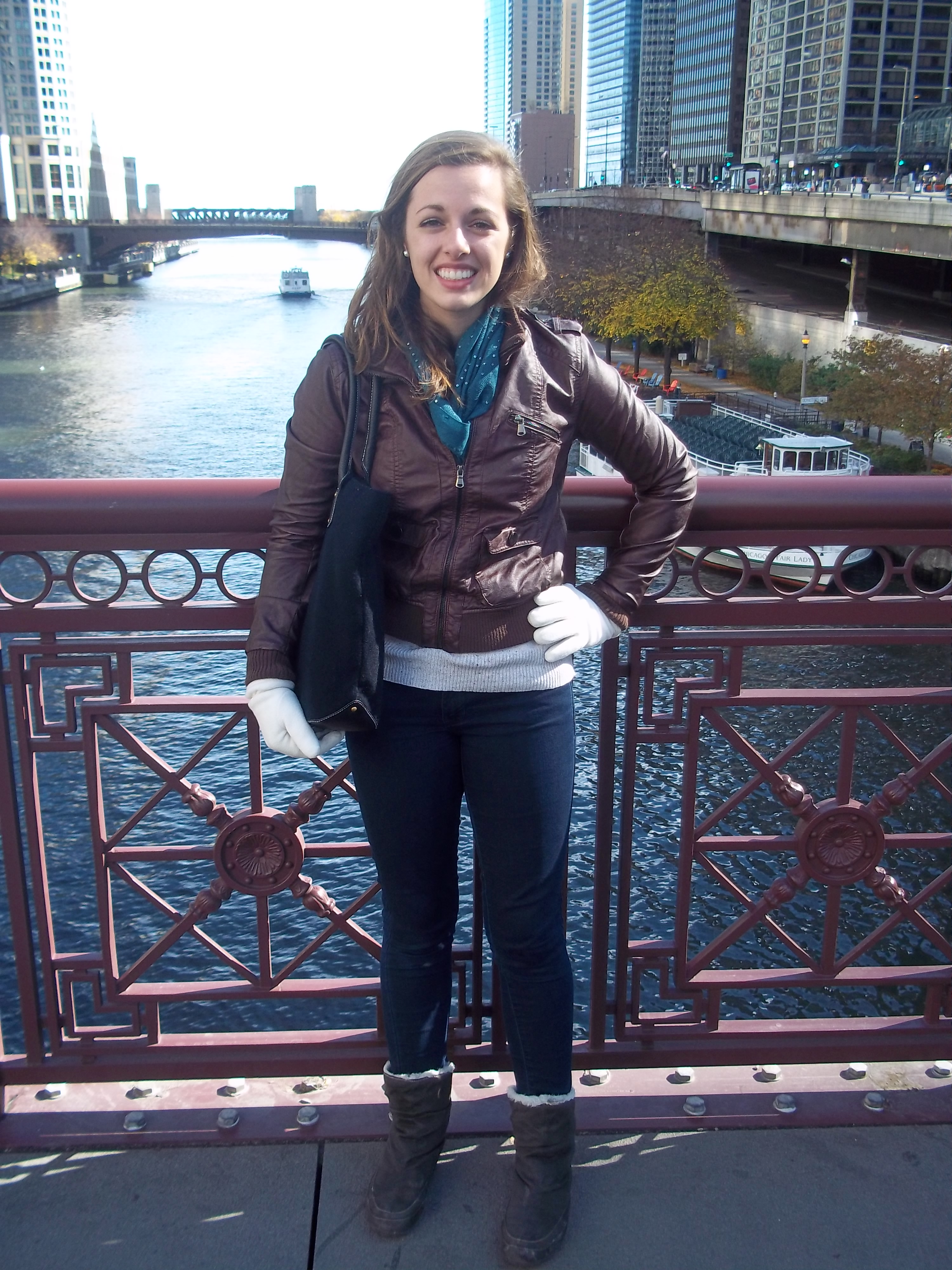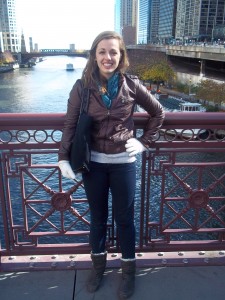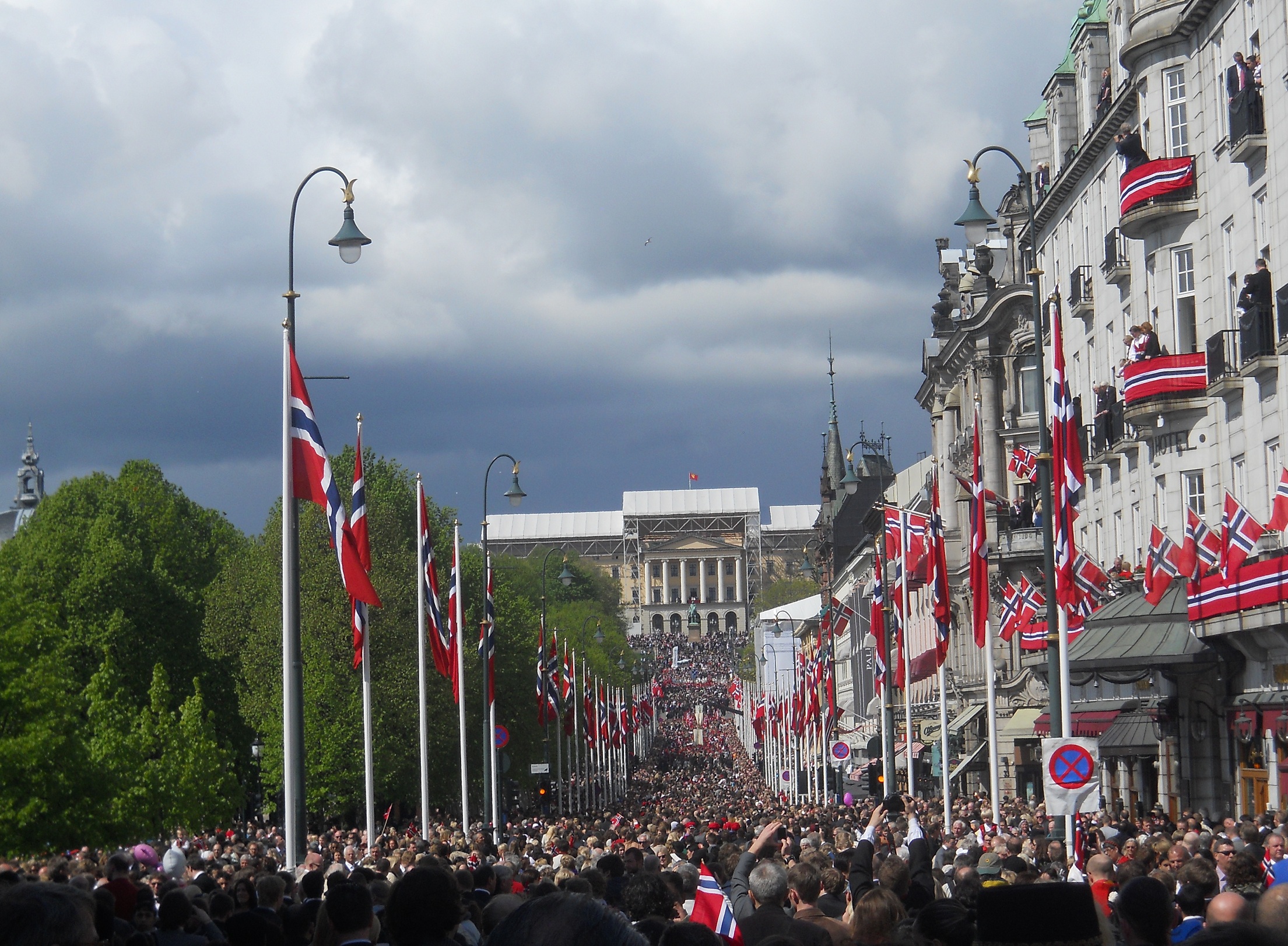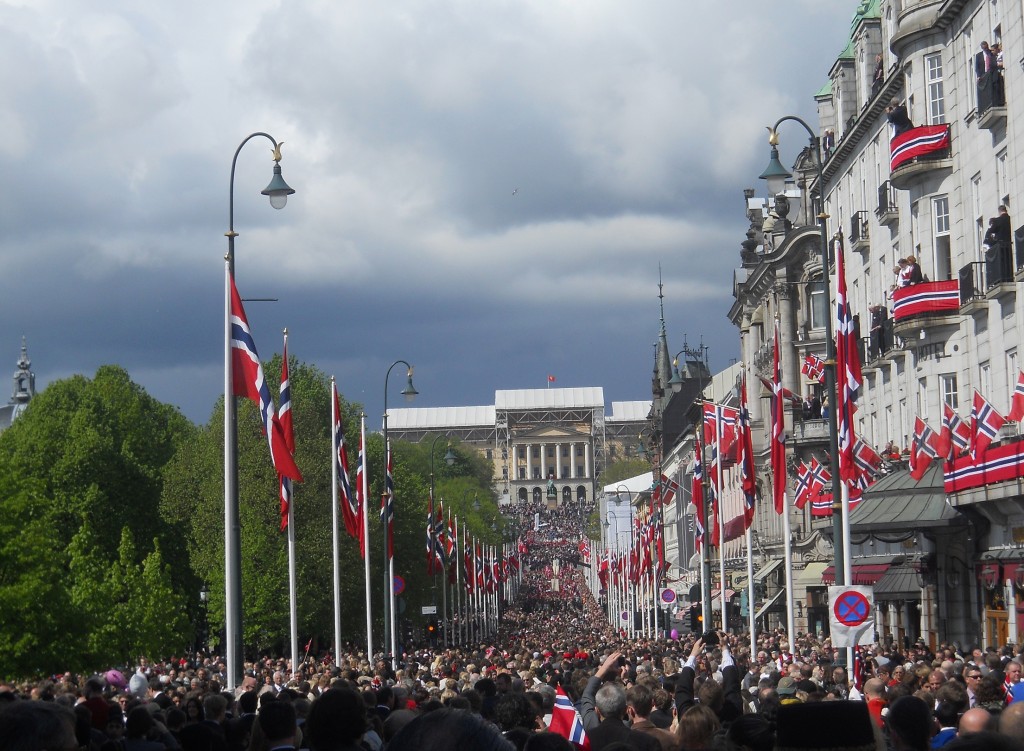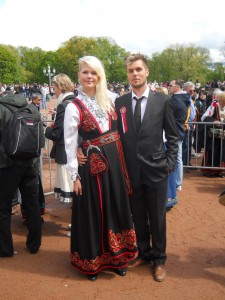When I told my host family a few weeks ago that I had booked a trip to Belgium, the first thing that they said to me was “Why Belgium?” It’s not like it’s a massively popular tourist destination. The weather is less than friendly, they don’t speak English or Spanish, and though there are a few well-known monuments and museums, it’s not a common vacation destination, especially during the rainy/snowy period of the year when the weather doesn’t know if it wants to be winter or spring. In fact, up until I got there, I was pretty unsure about it myself.
The reason I chose to go to Belgium is because my grandma’s two brothers live there with their wives, kids, and grandkids. 7 years ago, the Belgian side of the family came out to the States for a summer, and we got along fantastically. However, there are some pretty extreme language barriers between myself and these members of my family. They speak primarily French and Italian (because they’re from Sicily), and when they came to visit Chicago, my mom was able to translate for me. This time, I was on my own and was super nervous that the trip was going to be a complete flop because of communication problems.
How very wrong I was. The freezing temperatures and sleet did nothing to dampen the true joy that comes with family reunions, and despite the fact that the language barrier was at times frustrating, communication was possible through a combination of English, Spanish, French, Italian, and laughter.
During my four days in Belgium, I got to experience a whirlwind of Belgian “must-do” activities with my cousins. Among these were sightseeing in Brussels, visiting Waterloo (the site of the battle where Napoleon’s army fell), seeing the famous Atomium from the 1958 world expo, and of course indulging in the Belgian food staples: french fries, beer, chocolate, and waffles. Definitely wasn’t a health trip, but every calorie was well worth it!
My favorite part of sightseeing during my little excursion to Belgium, however, was the day trip to Brugge. About an hour drive from Brussels, Brugge is a popular tourist destination because of its beautifully preserved medieval architecture and its “Venice of Nord” charm (there are 16 kilometers of canals running through the city.) It’s like stepping back into the middle ages, and is one of those cities that you can easily just choose to get lost in. The architecture of Belgium as a whole (not just Brugge) is very different than that of Spain – beautiful in its own way. Each building is distinct, and I fell in love with the way that they all are squished up against one another.
As wonderful as sightseeing was, the best part about being in Belgium was easily reconnecting with my family. Enjoying homemade Italian meals together, playing card games, Skyping with family from the States, looking at old photo albums, even simply sitting around and chatting (as difficult as it sometimes was!) – all of those elements together gave me the priceless gift of many memories that helped to eliminate the “homesickness blues” and that will last for a lifetime.
Among the many things that I’m learning about myself and about the world around me while I’m in Europe, one of the common threads that I continue to reflect upon is the value of deep relationships. Whether it’s my immediate family, my extended family, my friends both near and far, or my host family, I’ve really seen what a gift it is to have so many different loving and supportive people in my life. It’s a beautiful thing to be able to have loved ones all across the globe, and I consider myself incredibly blessed to be able to experience the joy of connecting once again with my European relatives. (For Easter, I’ll be going to England to visit another set of cousins, along with my godmother, who I haven’t seen in 12 years! So excited to experience another reconnection!) In a perfect world, I’d pack them all in my suitcase and bring them back to the States with me in May. But I’ve gotten to enjoy the next best thing, and can confidently say that this unique blessing is one of the most wonderful parts about my European experience as a whole.
